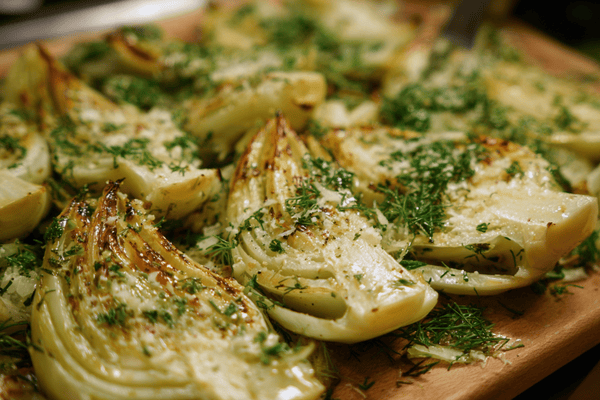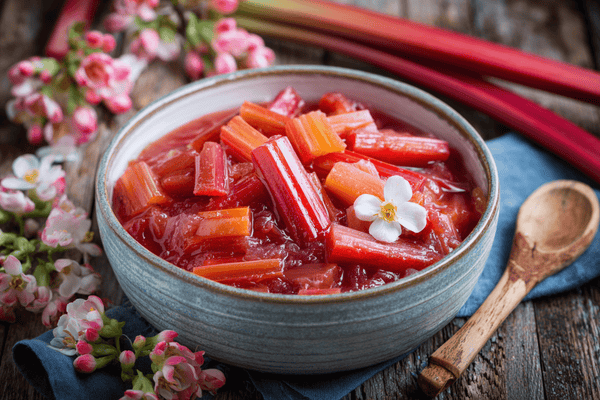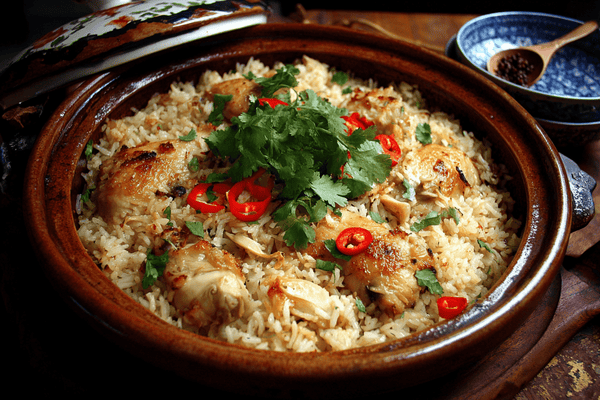
Saucepans are a versatile kitchen essential that every cook should have in their kitchen. They come in various sizes, shapes, and materials and are designed for various cooking tasks, from simmering sauces to boiling potatoes. Whether a beginner cook or a seasoned professional, a good saucepan is a must-have item in your kitchen.
Table of contents
What is a Saucepan?
A saucepan is a cooking pot with high sides, a flat bottom, and a handle. It's designed for simmering, heating, and boiling liquids, such as sauces, soups, and broths. Saucepans are available in various sizes, from small ones that are perfect for making sauces to large ones that are great for cooking large quantities of food.
Materials Used in Making Saucepans
Saucepans are made from various materials, including stainless steel, cast iron, copper, aluminum, and non-stick. Each material has its unique advantages and disadvantages, and the right material for you will depend on your specific cooking needs and preferences.
Stainless Steel Saucepans
Stainless steel is a popular choice for saucepans because it's durable, easy to clean, and resistant to warping. However, it's not the best conductor of heat, so it's important to look for a saucepan with a thick, heat-responsive core, such as aluminum, to ensure even heating.
Cast Iron Saucepans
Cast iron saucepans are heavy, durable, and great for searing and browning food. They retain heat well and are great for slow-cooking stews and sauces. However, they can be difficult to care for, as they need to be seasoned regularly to prevent rusting.
Copper Saucepans
Copper is an excellent conductor of heat, making it a great choice for saucepans. Copper saucepans heat up quickly and evenly and are also very responsive to temperature changes, making them great for cooking delicate sauces. However, they can be expensive and need to be cleaned regularly to prevent discoloration.
Aluminum Saucepans
Aluminum is another popular choice for saucepans, as it's lightweight, heats up quickly and evenly, and is affordable. However, it can react with acidic foods like tomatoes and discolor over time.
Non-Stick Saucepans
Non-stick saucepans are great for cooking delicate foods, such as eggs, and for making sauces, as they prevent food from sticking to the surface. However, the non-stick coating can wear off over time and be difficult to repair.
| Material | Pros | Cons |
|---|---|---|
| Stainless Steel | Durable, easy to clean, non-reactive with food | Can be heavy, may not heat evenly |
| Aluminum | Lightweight, heats evenly | Can react with acidic foods, prone to scratching |
| Copper | Excellent heat conductor, elegant appearance | Expensive, requires regular polishing |
| Cast Iron | Even heat distribution, can be used on stovetop and oven | Heavy, prone to rust if not seasoned properly |
What to Look for When Buying a Saucepan
When shopping for a saucepan, there are several things to consider, including size, material, and type of handle.
Size
Saucepans come in various sizes, from small ones that are perfect for making sauces to large ones that are great for cooking large quantities of food. Consider the size of your family and the cooking you'll be doing when choosing a saucepan.
Material
As mentioned earlier, saucepans are made from a variety of materials,
Each with its unique advantages and disadvantages. Consider the cooking you'll be doing and choose a material that is best suited for your needs. For example, if you'll be cooking delicate sauces, a copper saucepan may be the best choice, as it heats up quickly and evenly. A cast iron saucepan may be a good choice if you're looking for a durable saucepan for slow-cooking stews and sauces.
Handle
Saucepans come with two types of handles: fixed and removable. Fixed handles are attached to the saucepan and are generally more durable. Removable handles can be taken off for more accessible storage, but they can be more difficult to clean. Consider your storage space and cleaning preferences when choosing a handle type.
What are Saucepans Used for?
Saucepans are designed for a wide range of cooking tasks, including:
- Simmering sauces, soups, and broths
- Boiling potatoes and other vegetables
- Cooking pasta
- Making porridge and other hot cereals
- Reheating leftovers
- Cooking eggs and other delicate foods
- Sautéing vegetables and meats
- Making gravies and sauces
Types of Saucepans
Saucepans come in various shapes and sizes, and each type is designed for a specific cooking task. Some of the most common types of saucepans include:
- Saucepan with a Lid
- Saucière
- Double Boiler
- Milk Pan
- Saute Pan
Saucepan with a Lid
A saucepan with a lid is the most common type of saucepan and is designed for a wide range of cooking tasks, from simmering sauces to boiling potatoes. It's available in a variety of sizes and materials and is a versatile kitchen essential.
Saucière
A saucière is a saucepan with a spout, which makes it easier to pour sauces and other liquids. It's a great choice for making gravies and sauces, as the spout allows for precise pouring without making a mess.
Double Boiler
A double boiler is a saucepan that sits inside another saucepan and is used for cooking delicate sauces and custards. The double boiler provides gentle, indirect heat, which prevents the food from burning or curdling.
Milk Pan
A milk pan is a small saucepan that's designed for heating milk and other liquids. It has low sides and a wide base, which makes it easier to stir the contents and prevent scorching.
Saute Pans
Saute pans are similar to saucepans but are shallower and have sloping sides. They are designed for browning and sautéing food, and the sloping sides make it easier to toss and turn the food.
Table comparing different types of saucepans:
| Type of Saucepan | Uses | Key Features |
|---|---|---|
| Saucepan with a Lid | Heating liquids, cooking sauces, simmering soups, boiling vegetables | Usually has a wider base and straight sides, lid helps to trap heat and moisture |
| Saucière | Serving sauces at the table | Typically has a wider base and straight sides, often has a handle on either side for easy pouring |
| Double Boiler | Cooking delicate dishes, such as custards and sauces, without scorching | Consists of two saucepans, the outer saucepan holds boiling water and the inner saucepan holds the food to be cooked |
| Milk Pan | Heating milk, making custards, sauces | Smaller in size with gently sloping sides, often has a pour spout for easy pouring |
| Saute Pan | Browning and searing food, making sauces | Usually has a wide base and high sides, often has a lid for trapping heat and moisture |
Saucepan FAQ
Q: What is the best material for a saucepan?
A:The best material for a saucepan will depend on your specific cooking needs and preferences. Stainless steel is popular because it's durable, easy to clean, and resistant to warping. Copper is an excellent conductor of heat, making it a great choice for cooking delicate sauces. Cast iron is great for slow-cooking stews and sauces, while aluminum is lightweight and heats up quickly and evenly. Non-stick saucepans are great for cooking delicate foods, but the non-stick coating can wear off over time.
Q:Can I use a saucepan for deep-frying?
A:Saucepans are not designed for deep-frying, as the high sides can make it difficult to control the temperature of the oil. A deep-fryer or a Dutch oven is a better choice for deep-frying.
Q:How do I care for my saucepan?
A:The care instructions for your saucepan will depend on the material it's Made of. Generally, it's best to avoid using metal utensils on non-stick saucepans to prevent damaging the non-stick coating. Hand wash your saucepan with warm soapy water and dry it thoroughly to prevent rusting. If your saucepan has a stainless steel or copper exterior, use a soft cloth or sponge and a gentle cleaner to clean it. Avoid using abrasive cleaners, as they can scratch the surface of the pan.
Q:Can I put my saucepan in the dishwasher?
A: It depends on the material and manufacturer's recommendations. Some saucepans, especially those with a non-stick coating, may not be dishwasher safe and could become damaged in the dishwasher. Always check the manufacturer's instructions before putting your saucepan in the dishwasher.
Q:How do I choose the right size saucepan?
A:The right size saucepan will depend on the amount of food you're cooking and the size of your stovetop. A 2-quart saucepan is a good choice for cooking small portions, while a 4-quart saucepan is better for cooking larger portions. If you're unsure what size to choose, a 3-quart saucepan is a versatile option suitable for a wide range of cooking tasks.
Conclusion
A saucepan is a versatile kitchen essential that is designed for a wide range of cooking tasks, from simmering sauces to boiling potatoes. Choose a saucepan made of the right material for your cooking needs, and consider factors such as handle type and size when making your selection. With proper care and use, a quality saucepan can last for years, making it a great investment for your kitchen.


